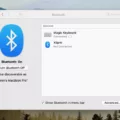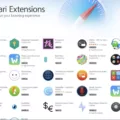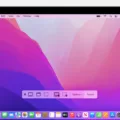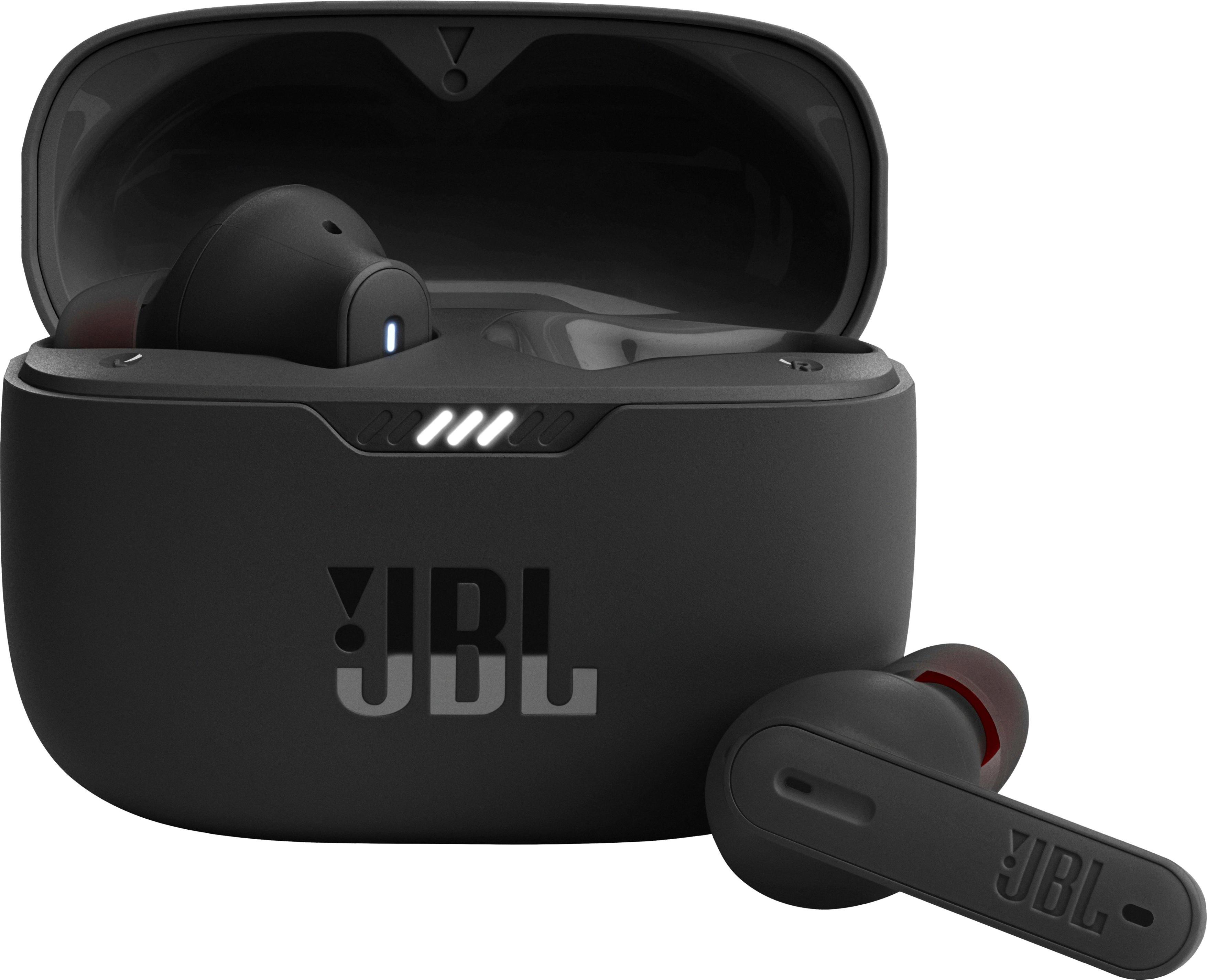
When using an external monitor, you may want to turn off your MacBook screen so you can only use your MacBook’s external display. You might be wondering whether it’s even possible to do so. Read on for the answers in this quick guide on how to turn off your MacBook’s main display when you have an external display.
Disabling Mac Screen When Using an External Monitor
Unfortunately, there’s no way to disable the MacBook display or turn off the Mac screen when using an external monitor. Your best bet is to simply dim the brightness until the screen is completely dark, which will make it appear as if it’s off.
Another option is using Clamshell Mode on your MacBook. Read on to learn how to use it.
Using Clamshell Mode on Your MacBook
Clamshell Mode allows you to use an external monitor even if your MacBook is closed. By using your closed MacBook with an external display, you can save space on your desk.
You will need your MacBook connected to an external display. In addition, it will need to be connected to an external keyboard and mouse. Finally, it will need to be directly connected to a power source.
Then, just close the lid and activate the screen by clicking on the external keyboard that is attached. You will then be able to use your MacBook in Clamshell Mode.
Your MacBook, despite being closed, will still act as a desktop stack for the external display.
Troubleshooting Mac External Monitor Blackouts
If your Mac’s external monitor blacks out, that is a separate issue. To fix the external monitor’s black screen, you will have to first troubleshoot whether it’s a Mac display issue or a problem with the external monitor.
First, make sure you are using the correct cables. If you are using a Thunderbolt or USB-C adapter, make sure the adapter is compliant with Thunderbolt 3 or 4 and/or DisplayPort Alt Mode. The cable might not be inserted properly, or it might be broken, so double check it or try a new cable. If you are using the Mac in Clamshell Mode, make sure it is connected to a power source and an external keyboard and mouse.
Another possibility is that the external display’s brightness is dimmed. Increase the brightness on the external display using its built-in controls (or the brightness key on your Mac’s keyboard if the external display is from Apple).
Another issue might be that you either set the resolution in your Mac’s Display Settings to be higher than what your Mac supports, or that you connected too many external monitors. Mac computers have a limit both on the number of external displays and on the resolution they support. Try removing other monitors by unplugging them and lowering the resolution in your Mac’s Display settings.
If that doesn’t work, try using the Detect Displays button. First, disconnect and reconnect your monitor. If your Mac asks you to allow the connection, make sure to approve the request. Next, close your Mac lid and reopen it. Then, navigate to Apple menu > System Settings > Displays, press and hold the Option button, and click on Detect Displays. Finally, restart your Mac and see if this fixed the issue.
Conclusion: Efficient Use of External Monitors with MacBook
I hope this guide on how to use a MacBook with an external monitor was helpful. An external monitor can help you boost your productivity when using a MacBook.
Although there is no way to turn off the Mac’s display when an external display is connected, you still have two options. You can dim the brightness entirely, or you can close the lid to use the MacBook in Clamshell Mode (if you have connected an external keyboard, mouse, and power source).








